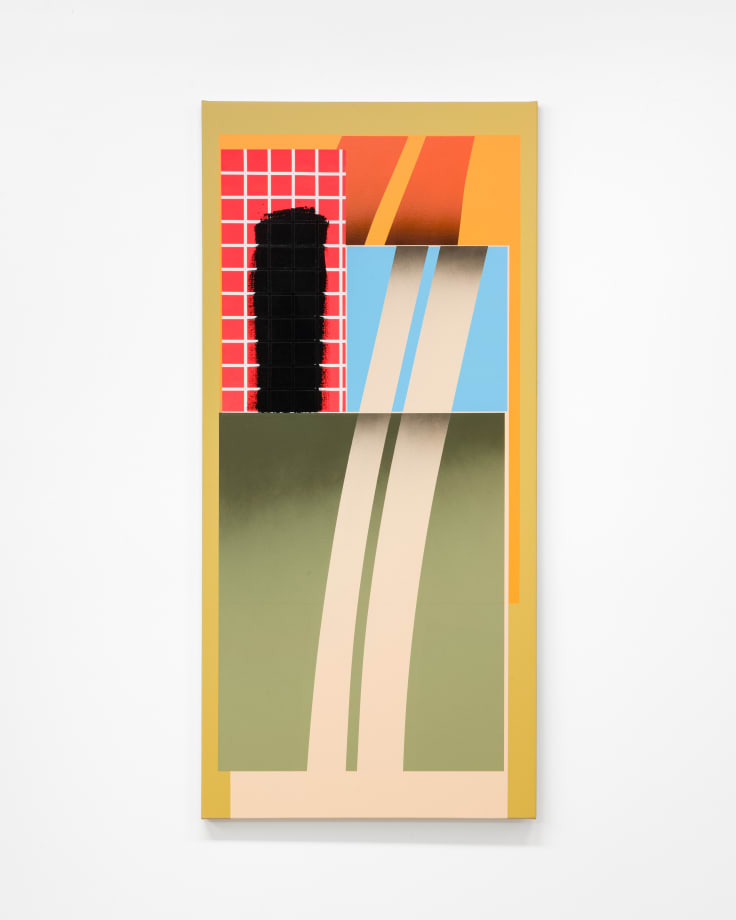As a result of changing seasons many animals grow in a thick protective coat in response to a decrease in sunlight exposure. For the human amongst us, winter inevitably ushers in the need for additional clothing – layers upon layers intended to provide warmth and safeguard from the elements. For artists, this time of year brings modest discomfort to time spent in the studio, wrapping up to work away in drafty sheds, garages, or industrial buildings, and contending with practicalities such as allowing additional time for paint to dry.
The artist known as Ed Bats can be found working out of one such garage in an undisclosed location in Te Whanganui-a-Tara. While Bats regularly exhibits paintings within the predominantly white-walled spaces of galleries; his work can also be found stretching across the exposed exteriors of buildings, brick walls, and temporary hoardings. While distinct from his gallery works, Bats’ graffiti or street writing informs his painting practice – perhaps most explicitly in the use of aerosols – and vice versa, with each operating in relation to one another. The knowledge of this duality provides an additional layer of understanding Bats’ approach to the act of making and sending his work out into the world.
The paintings in WINTERCOAT seem to provide small clues as to the artist’s identity – like breadcrumbs scattered throughout the exhibition – with several titles appearing in Afrikaans. It’s something of a game really, for the most part. Yet the artist acknowledges there is comfort and protection in this additional layer; in the consciously constructed stopgap between themselves, the work, and its reception. Bats seems constantly on the verge of giving up the game entirely, throwing up his hands to reveal himself. But what would this change? How would this knowledge alter our response to these highly abstract works?
Bats’ paintings lean so heavily toward formalism that biography seems all but redundant. While as an artist Bats might choose to work semi-anonymously there are very few secrets in these paintings. There are moments or gestures where one might suspect specific reference points: perhaps a subtle homage to Ralph Hotere’s window works; echoes of Don Driver’s use of colour, collage, and assemblage; or Richard Diebenkorn’s amalgam of aerial views and multiple angles. What you see is, mostly, what you get: a piece of fabric pulled tight across a stretcher, upon which paint has been carefully and dutifully applied.
This exhibition sees a further confluence of Bats’ painting and graffiti practices, with the artist introducing aspects of painting directly onto the walls of the gallery, layering an additional backdrop behind the individual works. For Bats, it’s about the act of painting – and the satisfaction that comes in knowing a work is finished – and then he moves on. Such an approach arguably parallels the immediacy and temporary nature of graffiti, where no sooner than a work emerges it is already, irreconcilably, lost to the past.

